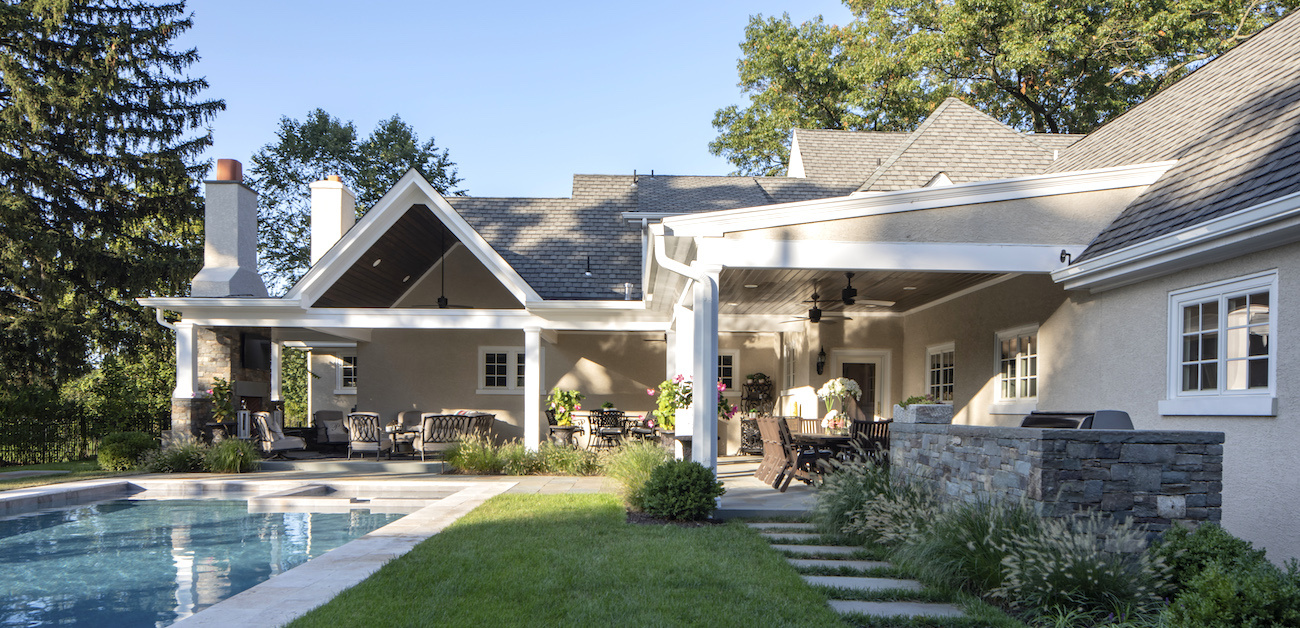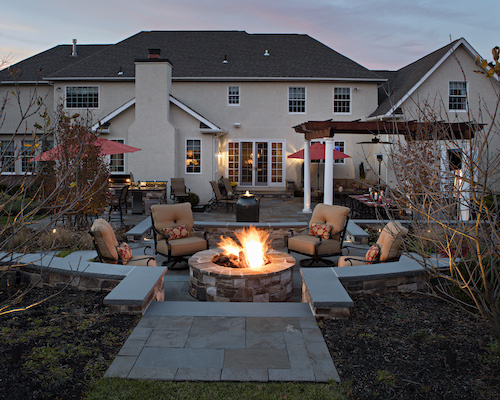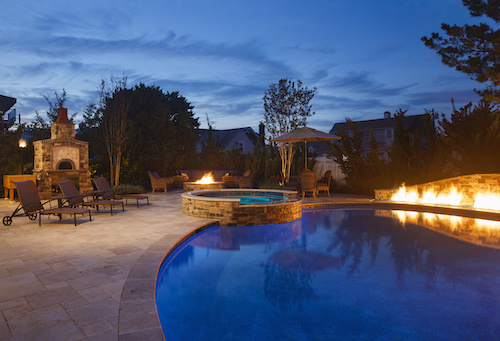
How to Get Resilient Landscaping
Realtor Magazine: How to Get Resilient Landscaping
To get through the last 15 months of the pandemic, many homeowners looked to their yards and gardens as an escape where they could work, enjoy nature, and breathe in fresh air. However, these outdoor spaces aren’t challenge-free and the time-consuming downside to gardening is becoming apparent to some homeowners. But sustainability can help.
Homes with more sustainable materials—inside and out—last longer, require less maintenance, and have a smaller carbon footprint.
Here is some advice for overcoming landscaping challenges:
Start with a plan
When homeowners plan a garden–especially a sustainable one—sometimes the most efficient, economical way to start is to hire a professional to design it and relate it to the home.
When homeowners plan a garden–especially a sustainable one—sometimes the most efficient, economical way to start is to hire a professional to design it and relate it to the home.
The cost of a typical plan may range from a low $1,500, up to $15,000 or more, depending on the garden’s size, the number of plants, features—such as a gazebo or pool, whether designs for irrigation, hardscaping, and lighting are included, and how fancy final drawing looks, says Southampton Township, N.J.-based landscape architect Steve Chepurny of Beechwood Landscape Architecture.

Weather.
While nobody can control Mother Nature, homeowners can make choices that are better suited to their climate. Smart landscaping choices can also curtail energy use. Some old-fashioned legwork will help, too, which involves checking on the amount of sun and shade in different parts of a yard, says Chepurny.
Soil
It’s key that homeowners understand that different plants thrive better in different soils. Some garden experts like Chepurny tell homeowners to take a sample to their local cooperative extension service to have it tested so they know what amendments might help or let a garden expert advise them.
Plants.
The most important way to make a home’s landscaping sustainable is by matching the right plants to the right location. A green, weed-free lawn may be high on homeowners’ wish lists but it’s among the highest maintenance features. “People love grass, but it requires cutting, fertilizing, watering,” Chepurny says. Nissim suggests a hardy groundcover like Pachysandra or Carex grass. Tall plantings can become a natural privacy screen.

Drainage
Too much water pooling can do damage, which may happen if the site’s topography slopes and water don’t have anywhere to run or consist of impervious rather than porous hardscape.
Wildlife
Homeowners should learn which animals frequent their area to avoid plants that attract them.
Hardscape
Some hardscaping is desired in landscapes, but homeowners should consider which types will wear best in the climate’s different seasons. Chepurny’s test for almost any choice is “the cost of ownership”—how much needs to be spent initially and then over time.

Fire and Water
They’re among the two most desired features to add to landscapes today. But how to do so sustainably requires thoughtfulness. The most sustainable designs use firewood from the property and options like a pondless waterfall with an underground basin, so water doesn’t stand still and attract mosquitoes.
Lighting
Too many homeowners fail to install sufficient exterior lighting to extend use into the night and many continue to use inefficient, energy-guzzling incandescent lamps rather than LEDs. Good lighting adds drama, too, Chepurny says.
Resilient Landscapes for Multifamily Buildings
Single-family homes aren’t the only places where sustainable gardens are growing. More developers and property managers are making their outdoor infrastructure and plantings resilient.
For more expert advice and information on sustainable landscaping and hardscaping, click here.
Realtor Magazine: How to Get Resilient Landscaping, by Barbara Ballinger